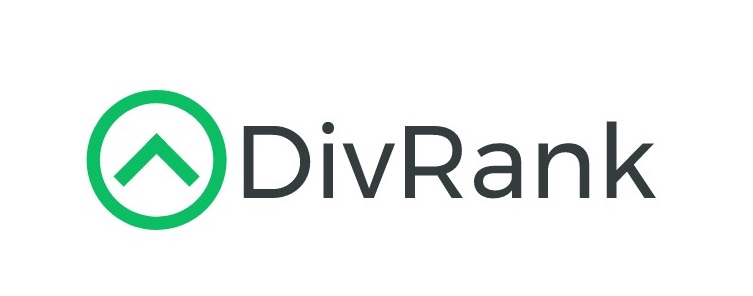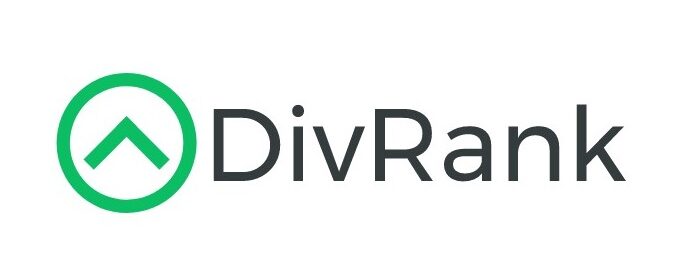Updated 7/21/2025
Nasdaq, Inc. has steadily evolved into a diversified financial technology firm, combining its legacy as a stock exchange operator with a growing portfolio of analytics, compliance software, and recurring data services. Backed by a focused leadership team and strong free cash flow, the company has proven capable of balancing reinvestment with consistent capital returns.
With a dividend that’s increased steadily for over a decade and a payout ratio under 45%, Nasdaq continues to attract income-focused investors looking for reliability. Its stock has gained more than 40% in the past year, supported by expanding margins, strong earnings growth, and strategic execution.
Key Dividend Metrics
- 📈 Forward Dividend Yield: 1.21%
- 💵 Annual Dividend Rate: $1.08
- 🕰 5-Year Average Yield: 1.33%
- 💰 Payout Ratio: 43.44%
- 📅 Next Dividend Payment: September 26, 2025
- ⚖ Ex-Dividend Date: June 13, 2025
Dividend Overview
NDAQ is not a high-yield stock, but what it lacks in immediate income, it makes up for in stability and growth. With a dividend yield of 1.21%, it sits slightly below its five-year average, but indicates a positive trend for income-focused investors.
A key factor supporting its dividend is its low payout ratio of 43.44%. This means the company retains most of its earnings to reinvest in growth, while still comfortably rewarding shareholders. Compared to stocks that stretch to pay dividends, NDAQ is in a strong position to keep its payouts steady.
For investors who prioritize dividend consistency over high yields, this stock is worth considering. The dividend isn’t flashy, but it is sustainable and well-supported by earnings.
Dividend Growth and Safety
NDAQ has been gradually increasing its dividend, showing a commitment to rewarding shareholders over time. While it’s not at the level of Dividend Aristocrats, its recent track record suggests management is willing to continue boosting payouts as the company grows.
The payout ratio remains low, meaning there’s plenty of room for future increases.
The company generates strong free cash flow, with $1.83 billion in levered free cash flow over the past year.
With cash reserves and minimal relative debt, NDAQ has the flexibility to maintain and raise its dividend without straining its finances.
Dividend safety is one of the company’s strongest attributes. It’s not a stock that will deliver massive yields, but it’s reliable, and that matters for long-term income investors.
Chart Analysis
The recent price action of NDAQ suggests a stock in a strong uptrend, trading near highs with bullish indicators supporting continued momentum.
Price Movement and Trend
NDAQ has been in an uptrend for most of the past year, with steady gains. The stock is above both its 50-day and 200-day moving averages, indicating buyers remain in control.
The closing price of 89.77 is near the day’s highs, but the stock faces resistance at recent peaks. If it breaks higher, further upside could be on the horizon.
Moving Averages
The 50-day moving average is trending upward, well above the 200-day moving average. This golden cross configuration is a bullish signal, suggesting sustained upward momentum.
For long-term investors, the 200-day moving average is a key support level to watch. Remaining above it confirms the uptrend.
Volume Analysis
Trading volume has been robust during uptrends, indicating strong participation from buyers. Recent price movements show consistent volume, suggesting no immediate reversal.
Without a drop in buying volume, the stock may continue its strength.
Relative Strength Index (RSI)
The RSI is in the mid-60s, reflecting solid momentum without being overbought. It recently exited overbought territory, which could signal a healthy pullback before resuming upward.
If the RSI holds above 50, the stock could stay supported.
Recent Candlestick Action
Looking at the last five trading sessions, candles show strong closes with minimal wicks, indicating buyer conviction at higher levels.
With continued support, these patterns could lead to further gains or consolidation at elevated levels.
Analyst Ratings
📈 Upgrades:
Several firms have raised targets, including Barclays to $101, UBS to $95, and Deutsche Bank to $97, citing recurring revenue growth.
📉 Downgrades:
Morgan Stanley downgraded with a target of $74, citing potential trading volume declines.
🎯 Consensus Price Target:
As of the latest available data, the consensus 12-month price target for NDAQ stands at approximately $93, suggesting a potential upside of around 3.6% from current levels. This consensus reflects a balance of optimism about the company’s digital initiatives and caution regarding industry headwinds.
These varied analyst perspectives underscore the dynamic nature of the financial services industry and the challenges companies face in adapting to market shifts.
Earning Report Summary
Nasdaq, Inc. released its Q1 2025 earnings report, showcasing strong performance with revenue and earnings beating expectations amid its business transformation.
Revenue and Profitability Hold Steady
Net revenue for the quarter was $1.24 billion, up 11-25% year-over-year, slightly above analyst estimates. Adjusted earnings per share were $0.79, beating projections of $0.77.
The company raised its dividend and continued share repurchases, returning $138 million in dividends and $115 million in buybacks, showing confidence in its financial position.
Operational Highlights
Growth was driven by data, analytics, and financial technology services, providing stable recurring revenue.
Looking Ahead
For Q2 2025, Nasdaq expects continued growth, with analysts projecting EPS of $0.80. The company remains optimistic about expanding its subscriber base and revenue streams.
Overall, the latest earnings report shows a company on a solid path, with strong growth and disciplined management. While challenges exist, Nasdaq is proving its strategic pivot is effective.
Financial Health and Stability
NDAQ’s financial position is solid, which is key for dividend stability.
Revenue stands at $7.82 billion TTM, with positive year-over-year growth.
The debt-to-equity ratio is 84.59%, meaning NDAQ carries manageable debt compared to peers.
Having a low debt burden is a major plus. Companies with high debt levels often struggle to maintain dividends during downturns. NDAQ, on the other hand, has a strong cash position, allowing it to maintain financial flexibility even in challenging markets.
Valuation and Stock Performance
Valuation plays a key role in deciding whether a dividend stock is worth buying.
NDAQ is currently trading at $89.77 per share.
The price-to-earnings (P/E) ratio is 40.44, which is high but reasonable given the company’s strong performance.
The forward P/E ratio drops to 27.93, suggesting analysts expect earnings growth.
From a performance standpoint, the stock is trading near its 52-week high of $90.84. While it isn’t a deep-value play, it isn’t drastically overpriced either. Investors looking for a combination of moderate growth and stability will likely find NDAQ appealing at these levels.
Risks and Considerations
No stock is without risks, and NDAQ is no exception.
Trading volume and market volatility can impact revenue, though the shift to recurring services mitigates this.
Financial technology is competitive, facing challenges from fintech disruptors.
The stock has a beta of 1.01, meaning it experiences market-level volatility. Investors should be prepared for price fluctuations.
The dividend yield, while stable, is lower than traditional dividend-focused sectors like utilities or real estate. Investors seeking high immediate income may prefer other options.
Despite these factors, NDAQ’s financial strength and brand power give it an advantage over many competitors.
Final Thoughts
For dividend investors, NDAQ isn’t about maximizing yield—it’s about reliability and long-term growth.
The company has a strong balance sheet with minimal debt and solid cash flow.
Dividend growth potential remains high, thanks to a low payout ratio.
While the stock isn’t deeply undervalued, it offers a good mix of income and stability.
For those who value steady dividend growth and financial strength over high-yield payouts, NDAQ fits the profile of a dependable long-term holding.

